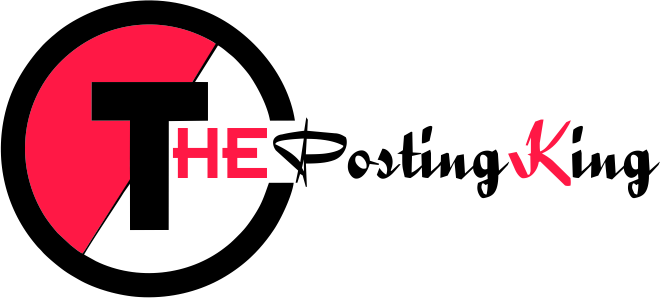Health Level Seven International (HL7) is a standard format for exchanging information between various healthcare information systems.it plays a crucial role in facilitating the exchange of electronic health information between different healthcare providers, including hospitals, clinics, and labs. In this article, we will explore what an HL7 form is, its importance, and how it works. Anal seks sevenler için bayanlar burada ve en gerçek halleri ile…
What is an HL7 Form?
An HL7 form is a standard format for exchanging clinical data between different healthcare systems. It is a standardized way to transfer patient information electronically, allowing different healthcare providers to share medical data efficiently. The form is an electronic document that contains specific fields for the data required to transfer medical information.
The HL7 standard defines the fields for each data element in the form, including patient demographics, diagnoses, medications, and laboratory results.
The Importance of HL7
forms are essential for the exchange of electronic health information between different healthcare providers. They play a vital role in improving patient care and outcomes by enabling the seamless exchange of medical information.
HL7 forms provide a standardized way to transfer data between different healthcare systems, ensuring that the data is accurate, complete, and up-to-date. They also reduce the risk of errors and duplications of inpatient data, which can lead to adverse health outcomes.
Moreover, forms promote interoperability between healthcare systems, enabling different healthcare providers to work together more effectively. This can be especially critical in emergencies, where time is of the essence, and quick access to patient data can be life-saving.
How HL7 Forms Work
HL7 forms work by using a standardized format for transferring medical data between different healthcare systems. The HL7 standard defines the fields for each data element in the form, including patient demographics, diagnoses, medications, and laboratory results. The standard format ensures that the data transferred between healthcare systems is consistent, accurate, and can be easily interpreted by both the sending and receiving systems.
When a healthcare provider needs to transfer patient data to another healthcare system, they will typically create a form containing the required information
forms can be used for a variety of purposes, including sharing patient records between different healthcare providers, exchanging laboratory results, and sharing diagnostic imaging studies.
Benefits of HL7
There are several benefits to using HL7 forms for exchanging electronic health information. These include:
- Improved Patient Care: HL7 forms enable different healthcare providers to work together more effectively, providing a more comprehensive and coordinated approach to patient care. This can lead to improved health outcomes for patients.
- Reduced Errors: forms reduce the risk of errors and duplications of inpatient data, which can lead to adverse health outcomes. They ensure that the data transferred between healthcare systems is accurate, complete, and up-to-date.
- Increased Efficiency: forms promote interoperability between healthcare systems, enabling different healthcare providers to work together more efficiently. This can reduce the time and effort required to transfer patient data, improving the overall efficiency of healthcare delivery.
- Enhanced Security: forms use secure electronic transfer protocols to protect patient data from unauthorized access, ensuring that patient data is kept confidential and secure.
Challenges of HL7 Forms
While HL7 forms offer significant benefits, there are also some challenges to their adoption and use. These include:
- Complexity: forms can be complex, requiring specialized knowledge and expertise to create and interpret. This can be a barrier to adoption, particularly for smaller healthcare providers with limited resources.



